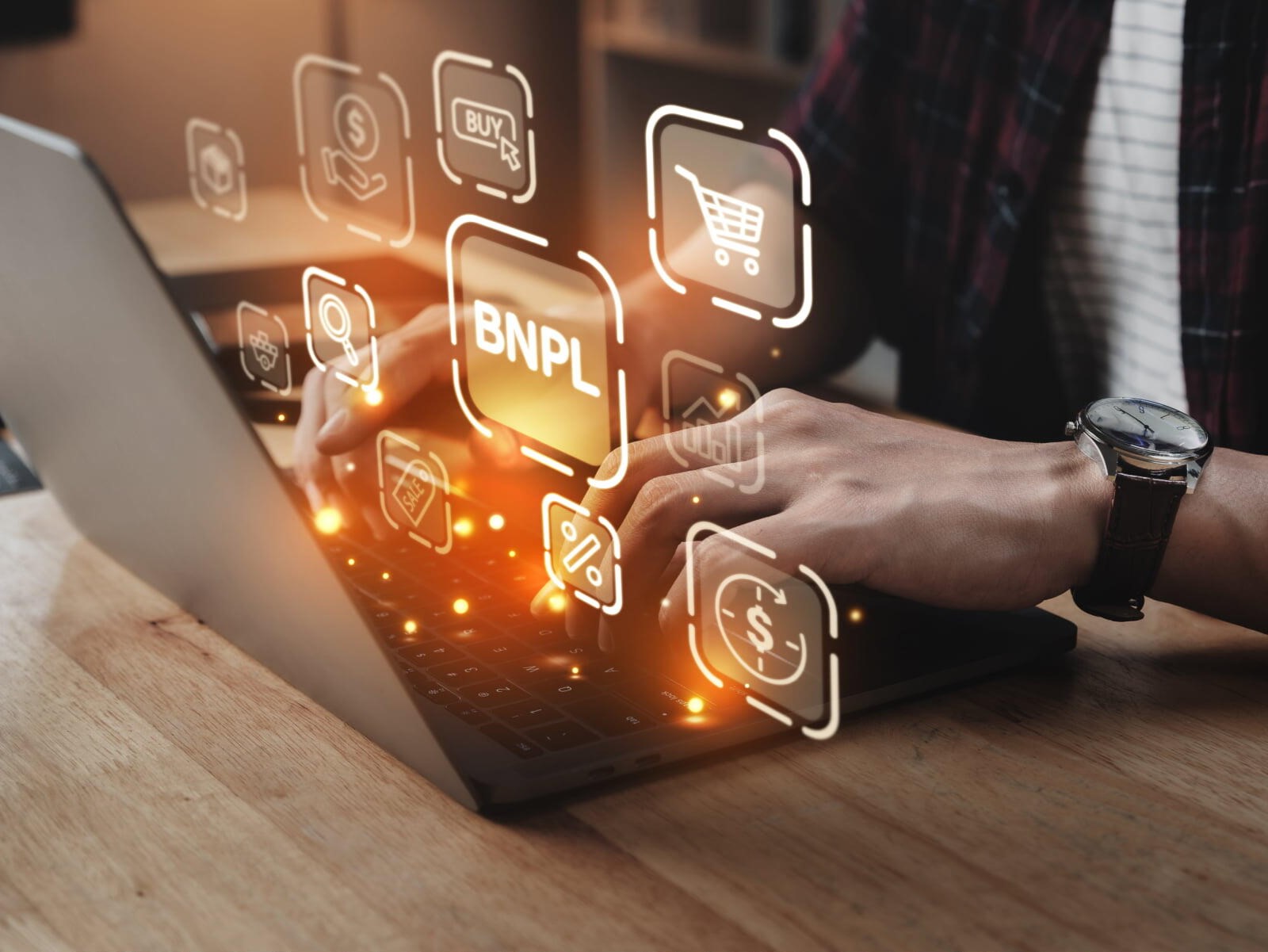Buy Now, Pay Later (BNPL): Pros and cons for merchants

Buy Now, Pay Later (BNPL) has become a popular payment option in e-commerce, allowing customers to split their purchases into manageable instalments.
BNPL presents significant opportunities for merchants to boost sales, improve customer satisfaction, and remain competitive in a rapidly evolving market. However, like any payment method, it also comes with its own set of challenges.
In this post, we explain the key advantages and potential drawbacks of offering BNPL to help you decide whether it's the right solution for your business.
What are the pros of offering BNPL?
Higher conversion rates
Buy Now, Pay Later (BNPL) allows customers to spread payments over time. This makes it easier for them to commit to a purchase, especially when they don’t need to pay upfront.
By reducing friction at checkout, you can expect fewer abandoned carts and more successful conversions. BNPL enables those who might hesitate due to budget constraints to complete their purchases.
Increased average order value
Customers are more inclined to spend more when they know they can spread the cost over time.
BNPL encourages customers to increase the amount they are willing to spend by splitting payments into manageable instalments. With this added flexibility, customers are more likely to add higher-ticket items or extra items to their cart, driving up your average order value. In some cases, merchants see a 50% increase in average order value with BNPL.
Enhanced flexibility
For customers, BNPL offers a smoother, more flexible payment experience. They can choose a plan that suits their financial situation without being burdened by large upfront costs.
Seamlessly integrated into the checkout process, BNPL ensures transparency and ease of use, often leading to a more satisfied customer. With reduced stress over immediate payment, customers are more likely to enjoy the overall shopping experience.
A study showed that 40% of shoppers will abandon a purchase if BNPL is not available.
Immediate payouts
A key benefit of BNPL for merchants is that you get paid in full upfront, while the provider is responsible for collecting the instalments. This means immediate access to funds, improving your cash flow while reducing concerns over delayed payments or customer defaults.
Boost customer retention
Customers who enjoy the convenience of BNPL tend to come back.
Offering flexible payment options tailored to their needs helps build trust and loyalty, encouraging repeat purchases. This, in turn, increases your customer retention rates, with more opportunities to turn first-time buyers into long-term customers.
Simple credit options
Unlike traditional credit agreements, BNPL offers a simplified way for customers to spread payments, often without lengthy approval processes. This makes it easier to offer financing without the complexities of formal credit applications.
With a number of different BNPL models available, it’s important to select the right one. Some providers, especially those offering higher levels of credit, may require customers to enter more formal agreements.
What are the cons of offering BNPL?
Technical complexities
Implementing BNPL can present technical challenges. Some e-commerce platforms aren't natively equipped for BNPL, requiring custom development or updates. Integrating third-party APIs, ensuring compatibility, and updating checkout flows can be a time-consuming process.
Poor integration can lead to failed checkouts and lost customers, so it’s essential to make sure BNPL is implemented as seamlessly as other available payment methods.
Fraud and security concerns
BNPL introduces unique fraud risks, as criminals may use stolen identities or fake credentials to exploit the deferred payment model. Because payments are split, fraud can be harder to detect early on. Collaborating closely with BNPL providers and financial institutions ensures that strong fraud detection measures, such as identity verification and transaction analysis are in place.
Maintaining high levels of customer service
Late payments from BNPL customers can cause tension in the customer-merchant relationship. Missed deadlines, late fees, and disputes might result in dissatisfaction that reflects negatively on your brand. Customers often don’t distinguish between the BNPL provider and the merchant, meaning any negative experience can damage trust in your business.
To prevent this, focus on maintaining proactive, transparent communication with customers and partner with BNPL providers that offer responsive, reliable customer support. A robust customer service strategy can help preserve your brand's reputation and ensure customer satisfaction, even when payment issues arise.
Handling returns and refunds
Returns and refunds in a BNPL context can be more complicated than traditional payment methods. Processing a refund requires coordinating with the BNPL provider to manage ongoing instalments, which can be cumbersome if your systems aren’t closely integrated.
To keep customers happy, it's important to establish clear policies and efficient processes for returns. Automating refunds and maintaining open communication with the BNPL provider will help streamline the experience for both you and your customers.
Navigating regulatory compliance
BNPL services are subject to a complex and evolving regulatory landscape. Regulators are intensifying their scrutiny of the sector to ensure customers are properly safeguarded and informed that many BNPL products remain unregulated. While the exact impact on the BNPL industry is still uncertain, regulation is on the horizon, and it will shape how providers and businesses offer BNPL services.
Compliance issues vary widely depending on the region, from transparency in terms, to consumer protection laws.
Keeping up with changing BNPL regulations across different markets is essential, especially for merchants operating internationally, as they may need to make updates to their processes and policies to remain compliant.
Costs cutting into profits
Processing fees charged by BNPL providers tend to be higher than other payment methods, which can impact your bottom line.
Additionally, chargebacks or disputes from customers who default on payments add to the operational costs of managing BNPL transactions. Merchants should carefully assess the fees, terms, and conditions associated with their BNPL provider to ensure these costs don’t impact profitability.
Is BNPL right for your business?
While BNPL offers a range of benefits that can enhance customer experience, drive conversions, and increase average order values, it’s not without its complexities. Merchants must carefully weigh the pros and cons, from integration challenges, to potential cash flow and fraud risks.
Our team of payment experts can help you choose the right BNPL provider so you can maximise the advantages of BNPL while minimising the pitfalls.
